-
Seed Shop
-
Top 10’s
- Top 10 Feminized Seeds USA
- Top 10 Autoflower Seeds USA
- Top 10 CBD Seeds USA
- Top 10 Zamnesia Seeds
-
Favourites
- Beginner Strains
- Below 1% THC
- Classic Cannabis Strains
- Cup Winners
- F1 Hybrids
- Fast-Flowering Strains
- High THC Seeds
- Mix Packs
- Zamnesia Exclusive Collabs
-
-
THCa Shop
-
Kratom Shop
-
Smoke Shop
-
Smartshop
-
Shroom Shop
-
Growshop
-
Seed Shop
All CategoriesSeed Shop
-
TRIBE
All CategoriesTRIBE
- My Membership
- Spend Gift Points
- Exclusive products
- Earn Extra Gift Points
-
TRIBE
- Early Access
- Refer a Friend
- Information
-
TRIBE
-
Language
 United States
United States
Monday, 21 April and Friday, 25 April 2025*
- Zamnesia >
- Smartshop >
- LSA Seeds >
- LSD vs. LSA - The Difference
LSD vs. LSA - The Difference
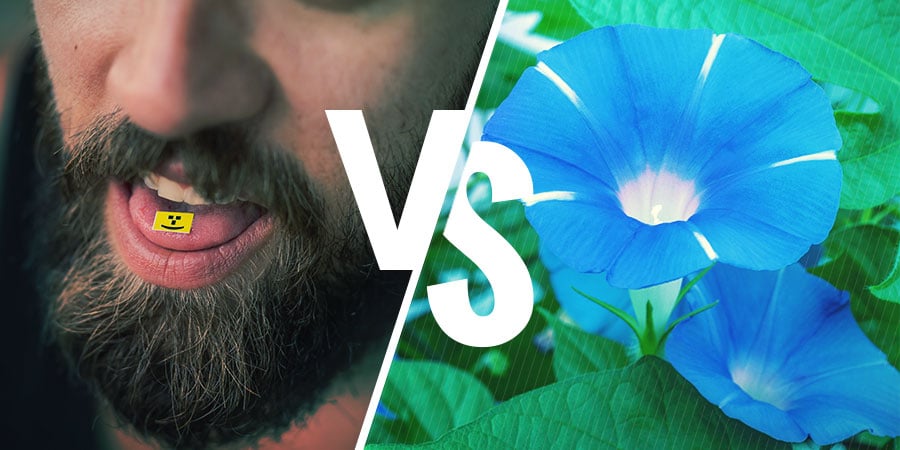
LSD and LSA don‘t just sound similar, they are indeed chemical brothers. LSA is the natural counterpart to synthesised LSD, so much that Albert Hofmann, the father of LSD, was astounded by their structural similarity.
LSD and LSA don‘t just sound similar, they are indeed chemical brothers. LSA is the natural counterpart to synthesised LSD, so much that Albert Hofmann, the father of LSD, was astounded by their structural similarity.
LSA is a precursor to LSD. In chemistry, a precursor is a substances that participates in a chemical reaction that produces another compound. In other words, before LSD becomes LSD, somewhere along the way it‘s LSA. From that perspective, LSD can be regarded as a more refined form of LSA.
And that‘s also where their main similarity lies - in their shared chemical structure. LSA (d-lysergic acid amide), also known as Ergine, contains lysergic acid, which is the same acid that is the building block of LSD. But beyond that, they are quite different beings.
Natural vs. Synthetic
LSA can be found naturally throughout the forests of this world, whereas LSD is the product of extensive lab work. LSA is most commonly found in the seeds of Hawaiian Baby Woodrose Vine, as well as in the seeds of Morning Glory and a range of other plants. The seeds are often chewed in order to extract the LSA they contain.
Morning Glory seeds look back a long history of ceremonial use among Mexican tribes. Ritually, LSA seeds have been used as a way to commune with the gods for centuries.
Structurally Similar, But Different Effects
It was the renowned scientist Albert Hofmann, discoverer of LSD, who first isolated and identified LSA from sample seeds he received from South America. Whilst the psychoactive effect of the seeds was already widely acknowledged, it was not until Hofmann isolated the alkaloids, that it became clear the substance in question was LSA. Up until that point, it was thought that only the fungus Claviceps purpurea contained LSA.
But it‘s really just a small structural twist between the molecules that makes all the difference. Like serotonin and psilocybin are chemically closely related, their pharmacological effects differ substantially. Similarly, both LSA and LSD are psychedelic, but there‘s an ocean of a difference in their effects. The psychedelic headspace of high grade LSD is marked by clear, crystalline mental energy.
LSA, on the other hand, is commonly consumed with all the alkaloids that are present throughout the seeds, which can be quite numerous. Nausea, vomiting, headaches and gas are quite frequent experiences. While these effects cannot be clearly attributed to LSA itself, it‘s clear that the body load of LSA is much heavier than that of LSD. Sedative and dreamy effects are often experienced. In first self-experiments with LSA, Hofmann reported a feeling of drowsiness and being put in a dream like state.
No alternative to LSD
While LSA seeds can look back on a history of entheogenic and ceremonial use, they are by no means an alternative to LSD. The two molecules share a similar chemical makeup, and indeed LSA can produce profound mind-altering experiences. While the transparent, energetic and uplifting qualities of LSD cannot be matched, LSA induces a somewhat sedated, dreamlike trance.

You might also like
-
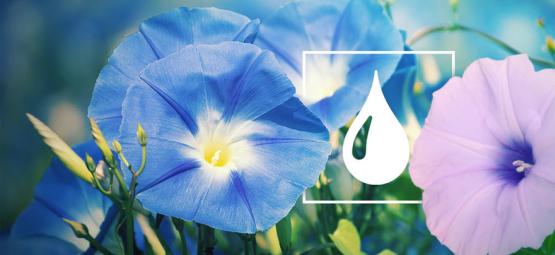
 4 min
September 24, 2019
How to Extract LSA From Morning Glory Seeds & Hawaiian Baby Woodrose Seeds
Morning glory seeds and Hawaiian baby woodrose seeds are potent natural sources of the psychoactive substance LSA. Here is how to extract LSA from the seeds of the plants. ...
4 min
September 24, 2019
How to Extract LSA From Morning Glory Seeds & Hawaiian Baby Woodrose Seeds
Morning glory seeds and Hawaiian baby woodrose seeds are potent natural sources of the psychoactive substance LSA. Here is how to extract LSA from the seeds of the plants. ...
-
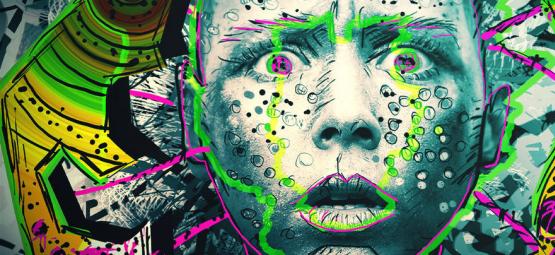
 4 min
February 5, 2019
9 (Legal) Drugs That Will Induce a Psychedelic Trip
While most psychedelic substances are considered illegal in many countries, there are a few that buck the trend. From plants of the rain forest used for powerful psychedelic brews, to the mystical Mor ...
4 min
February 5, 2019
9 (Legal) Drugs That Will Induce a Psychedelic Trip
While most psychedelic substances are considered illegal in many countries, there are a few that buck the trend. From plants of the rain forest used for powerful psychedelic brews, to the mystical Mor ...
-
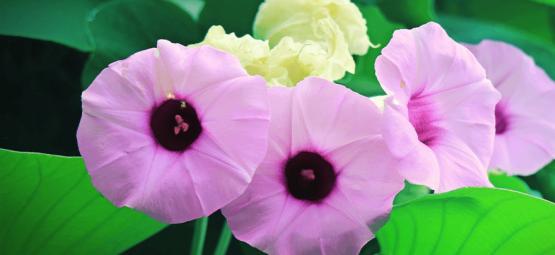
 1 min
July 26, 2018
Meet Hawaiian Baby Woodrose: A Natural Psychedelic
LSA is an increasingly popular hallucinogen, and Hawaiian Baby Woodrose seeds are one of the best legal ways to get it. So what exactly are they? ...
1 min
July 26, 2018
Meet Hawaiian Baby Woodrose: A Natural Psychedelic
LSA is an increasingly popular hallucinogen, and Hawaiian Baby Woodrose seeds are one of the best legal ways to get it. So what exactly are they? ...
-
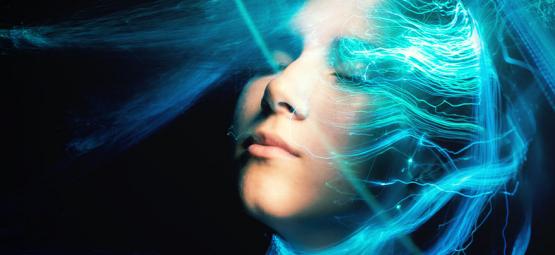
 3 min
August 20, 2017
How Do Hallucinogens, Dissociatives And Delirium-Inducing Drugs Differ From Each Other
When most people think of trippy drugs, they automatically think of acid and shrooms. But this category of substances is actually very broad and encompasses a variety of different drugs that fall into ...
3 min
August 20, 2017
How Do Hallucinogens, Dissociatives And Delirium-Inducing Drugs Differ From Each Other
When most people think of trippy drugs, they automatically think of acid and shrooms. But this category of substances is actually very broad and encompasses a variety of different drugs that fall into ...
Categories
-
Seed Shop
- Feminized Seeds
- Autoflower Seeds
- Regular Cannabis Seeds
- F1 Hybrids
- Zamnesia Seeds
- Top 10 Autoflower Seeds USA
- Top 10 Feminized Seeds USA
- Top 10 CBD Seeds USA
- Top 10 Zamnesia Seeds
- Beginner Strains
- Below 1% THC
- Classic Cannabis Strains
- Cup Winners
- F1 Hybrids
- Fast-Flowering Strains
- High THC Seeds
- Mix Packs
- Zamnesia Exclusive Collabs
- Amnesia Seeds
- Blueberry Seeds
- Cheese Seeds
- Diesel Seeds
- Gorilla Seeds
- Haze Seeds
- Kush Seeds
- Purple Seeds
- Skunk Seeds
- White Widow Seeds
-
THCa Shop
-
Kratom Shop
-
Smoke Shop
-
Smartshop
-
Shroom Shop
-
Growshop
Account
Information
Our Offers
Our website won't work without these cookies activated. Therefore functional cookies can't be disabled.




















